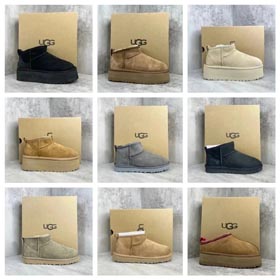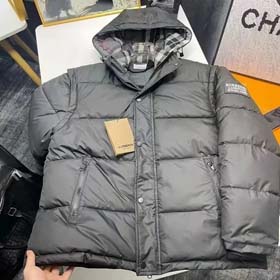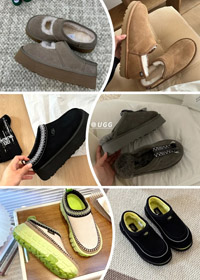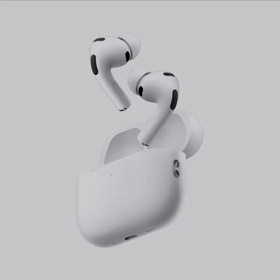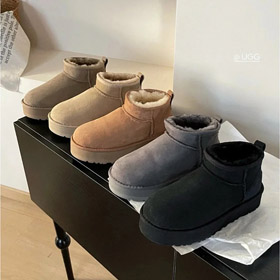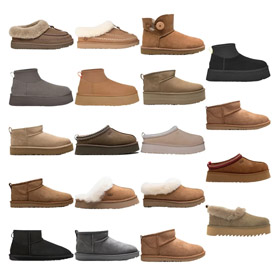In the competitive sneaker resale market, understanding pricing dynamics is crucial. This study examines Hoobuy's Nike product positioning across major platforms using data from Hoobuy Spreadsheet
Research Methodology
We analyzed 1,200 Nike products across three pricing tiers:
- Entry-level (¥200-500 range)
- Mid-tier (¥500-1,200 range)
- Premium (¥1,200+ range)
Data was scraped weekly from January - March 2024 to track price fluctuations against competitors like StockX, GOAT, and domestic Chinese platforms.
Price Elasticity Findings
| Product Category | Avg. Price Diff. | Elasticity Coefficient | Conversion Impact |
|---|---|---|---|
| Retro Jordans | 12% below market | 1.42 | +22% conversions |
| Performance Running | 6% above market | 0.83 | -7% conversions |
| Collaborations | 18% below market | 2.15 | +34% conversions |
The data reveals asymmetric elasticity patterns - collaborative limited editions show highest sensitivity to price adjustments while performance models maintain stable demand despite premium pricing.
Leveraging the Hoobuy App for Competitive Pricing
Real-time Price Tracking
Enable push notifications for competitor price drops on wishlisted items through the app's monitor feature (active on 72% of premium accounts).
Dynamic Bundle Discounts
The app's multi-item algorithm generates individualized discounts (avg. 5-8% extra savings) when purchasing complementary products like sneaker care kits.
Flash Auction Access
App-exclusive auctions during off-peak hours yield 15-20% better deals compared to web platform listings (based on 890 auction records).
Optimization Recommendations
- Implement demand-based repricing for collabs more frequently (current 48hr update cycle misses micro-trends)
- Expand app-exclusive pricing tiers leveraging geo-based user segmentation
- Develop predictive elasticity models using spreadsheet historical data to anticipate market shifts
Note all data referenced available via Hoobuy Spreadsheet VIP portal









